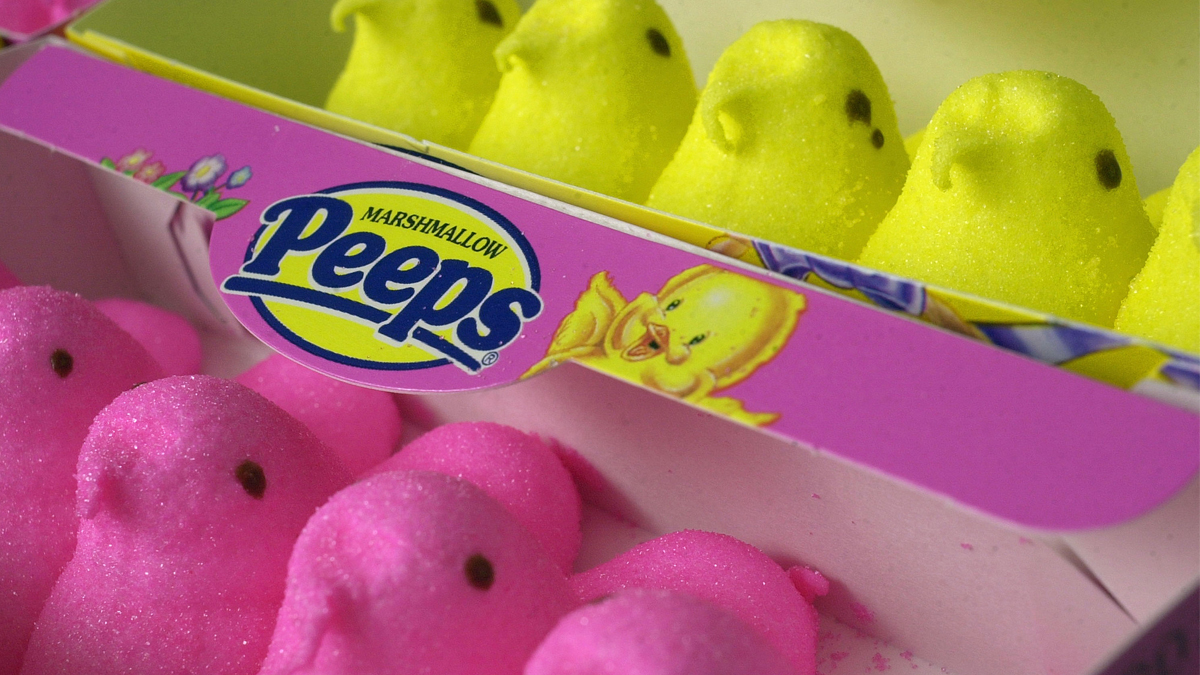NEW YORK — Before you hit the grocery store for your Easter supplies this week, you might want to think twice about buying these popular Peeps candies, which are all the rage this time of year.
Consumer Reports (CR) warns consumers that purple and pink Peeps candies are made with Red Dye No. 3a known carcinogen.
In early 2023, CR called on Just Born Quality Confections to stop making Peeps with the carcinogenic dye, but the company has not announced any plans to change its manufacturing process.
Now CR is asking consumers to send the same message in a petition to the company.
“Parents should be aware that the purple and pink Peeps they may put in their child’s Easter basket are made with an ingredient that is a known carcinogen,” said Michael Hansen, PhD, senior scientist at Consumer Reports. “Just Born Quality Confections should stop manufacturing its iconic marshmallow treats with this dangerous food chemical as less risky alternatives become available.”
Despite the health concerns associated with Red Dye 3, the ingredient is found in:
- Peeps Pink Marshmallow Chicks,
- Peeps Marshmallow Pink Bunnies,
- Peeps Lavender Marshmallow Chicks y
- Lavender Peeps Marshmallow Bunnies.
Red Dye 3 is also found in other products made by the company, including Hot Tamales Candy, Peeps Hot Tamales Marshmallow Chicks, Party Cake Peeps, Peeps Fruit Punch Marshmallow Chicks, and Peeps Marshmallow Bunnies wildberry.
According to the Environmental Working Group. more than 2,900 food products on the market today contain the dye red 3, including many artificially colored and flavored candies marketed to children. The FDA requires manufacturers to list Red Dye 3 as an ingredient on a food label.
In October 2022, Consumer Reports joined the Center for Science in the Public Interest and other groups in urging the FDA to ban the carcinogenic ingredient from all foods. As part of that effort, CR on Monday submitted a petition to the FDA signed by nearly 35,000 consumers asking the agency to ban the use of Red Dye 3 in foods.
For decades, the FDA has been aware of several studies showing that Red Dye 3 can cause cancer in animals, according to Consumer Reports. Several studies have linked certain artificial food colorings, including Red Dye 3, to hyperactivity and other neurobehavioral effects in children. Although Red 3 dye poses risks to people of all ages, young children may be most vulnerable due to their lower body weight and higher exposure levels.
“The FDA has banned the use of Red Dye No. 3 in cosmetics since 1990, but inexplicably it’s still allowed in food,” Hansen said. “The widespread use of Red Dye 3 is of particular concern because it is found in many products marketed to children who are at particular risk of developing health problems from exposure. It’s time for the FDA to protect public health by removing Red Dye 3 from our foods.”

